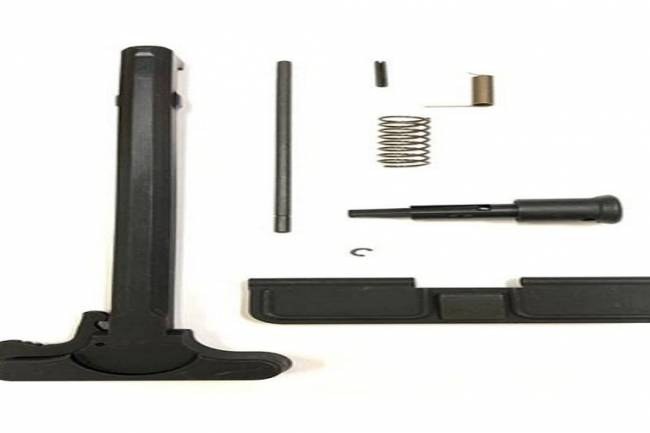Mastering the Art of Stain Removal and Deep Cleaning
Dealing with tough stains and deep-seated cleaning problems is a challenge we all face at one point or another. Whether it's a spilled glass of red wine on a white carpet or a persistent patch of mold in the bathroom, these issues can seem daunting. However, with the right techniques, vacuuming rugs and carpets can be done easily, and even the most stubborn problems can be tackled effectively.
The Science Behind Stains: Understanding Your Adversary
Before we dive into removal methods, it's crucial to understand what we're up against. Stains are not just dirt or liquid on a surface; they are complex interactions between the staining agent and the material it has affected. Knowing the type of stain you're dealing with is the first step towards a successful cleanup.
The General Approach to Stain Removal
When you encounter a tough stain, the immediate response is critical. The general approach to any stain is simple: identify, blot, clean, and rinse. First, identify the type of stain. Next, blot up any excess liquid with a clean cloth, avoiding rubbing which can deepen the stain. Then, apply a cleaning solution that is appropriate for both the stain and the material. Finally, rinse thoroughly with water and blot dry.
Tackling Common Household Stains
Every stain has its nemesis. For organic stains like food or blood, enzymatic cleaners can work wonders. Inorganic stains from ink or dye may require alcohol-based solvents. For greasy stains, a dish soap solution can break down the oils. Each type of stain has a specific type of cleaner that will work best, and it's often a matter of trial and error to find the perfect match.
Winning the Battle Against Red Wine and Coffee
Red wine and coffee are notorious for leaving a lasting mark, but they don't have to spell disaster. For these tannin-based stains, the key is to act quickly. Cold water can help prevent the stain from setting, and a mixture of hydrogen peroxide with dish soap can lift it away. Remember to test any solution on an inconspicuous area first to ensure it doesn't cause damage.
Removing Oil and Grease: Slippery Foes
Oil and grease can create slick, dark stains on fabrics and surfaces. The best approach here is to use a combination of baking soda to absorb the oil and a strong degreaser to break down the stain. For clothing, pre-treating the stain before washing can make a significant difference.
The Mold and Mildew Conundrum
Mold and mildew are not just unsightly; they can also pose health risks. Cleaning these requires more than just aesthetic diligence; it requires ensuring that the spores are killed to prevent regrowth. A solution of bleach and water is often recommended, but for those looking for a less harsh approach, vinegar or tea tree oil can be effective alternatives.
Post-Accident Cleanup Strategies
Accidents, by their nature, are unexpected and can cause a wide variety of stains and messes. Whether it's a broken jar of sauce or a knocked-over paint can, the cleanup process starts with removing as much of the excess as possible. Then, depending on the substance, specialized cleaners may be needed to thoroughly remove the residue.
Professional Tricks for Stubborn Stain Removal
Sometimes, despite our best efforts, a stain won't budge. This is when some professional tricks can come in handy. Heat can sometimes reactivate a stain, allowing you to blot it away. For resilient spots, a paste made from powder detergent and water, applied and left to dry, can lift out deep-set dirt.
Preventing Stains Before They Happen
The best way to deal with tough stains is to prevent them from occurring. Protective sprays and finishes can shield fabrics and surfaces from spills. Regular cleaning and immediate attention to spills can also minimize the risk of a stain setting in.
When to Call in the Professionals
There comes a point when a stain might be beyond the scope of home remedies. When this happens, it's time to call in the professionals at http://www.celestialcleaningservice.com. They have access to powerful tools and solutions that can handle the toughest of stains and cleaning challenges.
Dealing with tough stains and problems can be frustrating, but with patience and persistence, most can be overcome. It's all about having a strategic approach and knowing when to use which tools and solutions. Remember, the sooner you tackle a stain, the better your chances of removing it. So, roll up those sleeves and get ready to show those stains who's boss!











